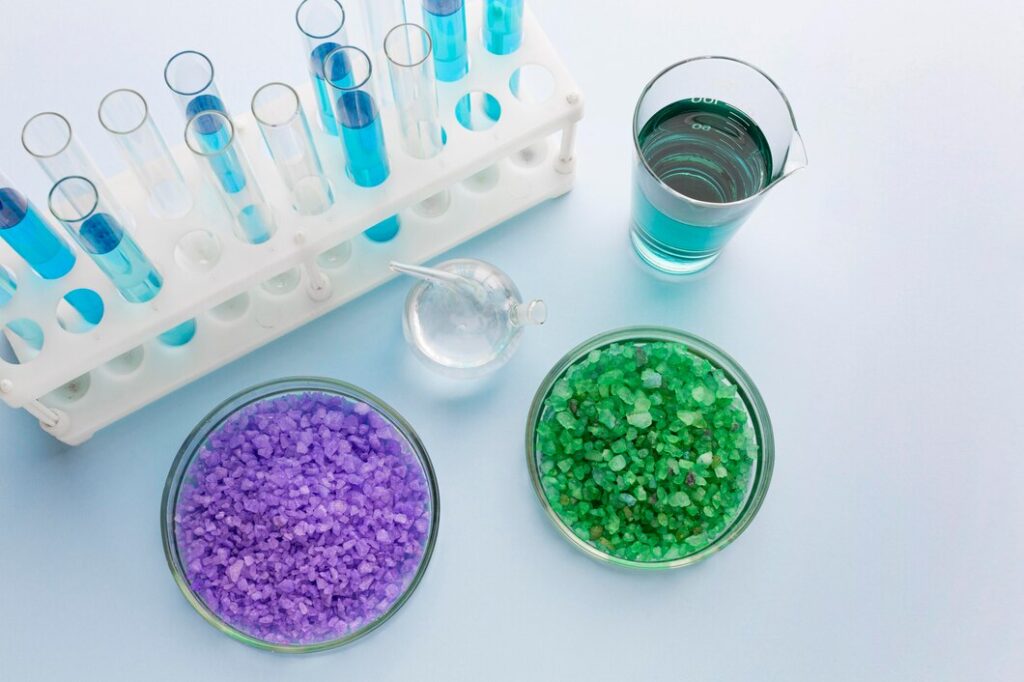When it comes to antibody purification, selecting the right Protein A resins is crucial for optimizing yield, purity, and cost-effectiveness. Whether you’re working with monoclonal antibodies (mAbs) for therapeutic applications or research-grade antibodies, the resin you choose directly impacts your process efficiency. With various options available, how do you determine the best fit for your specific needs?
Understanding Protein A Resins
Protein A is a bacterial-derived protein that binds specifically to the Fc region of immunoglobulin G (IgG) antibodies. This affinity makes Protein A chromatography the gold standard for antibody purification. The choice of resin affects factors such as binding capacity, recovery rates, and cost per cycle.
Key Considerations for Choosing Protein A Resins
Binding Capacity
The dynamic binding capacity (DBC) of Protein A resins determines how much antibody can be captured per unit of resin. High-capacity resins enhance process efficiency by reducing the amount of resin required for purification. If you’re working with high antibody concentrations, selecting a resin with superior binding properties is essential. You can click this link here now to explore available high-capacity options.
Resin Matrix and Bead Structure
Protein A resins come in various matrices, including agarose, silica, and synthetic polymers. Agarose-based resins are widely used due to their high porosity and biocompatibility. However, if you need higher mechanical stability and reusability, polymeric resins may be a better choice. Bead size also plays a role—smaller beads provide higher surface area and better binding efficiency but may lead to higher backpressure in column chromatography setups.
Alkaline Stability and Reusability
For large-scale antibody production, resin longevity is critical. Many Protein A resins degrade over multiple purification cycles due to harsh cleaning conditions. Choosing a resin with enhanced alkaline stability allows for multiple reuse cycles, reducing overall costs. If you want to compare the top alkaline-stable resins, check over here for a comprehensive analysis.
Elution Conditions and Mild Recovery
Different resins require varying elution conditions to release bound antibodies. Harsh elution buffers can compromise antibody stability. Selecting a Protein A resin that enables mild elution conditions helps maintain antibody integrity. Some advanced resins are designed to allow elution at near-neutral pH, minimizing protein aggregation.
Scalability and Process Suitability
Are you working in research, pilot-scale production, or full-scale biomanufacturing? The resin you choose must align with your process scale. While some resins perform well in lab-scale purification, they may not be suitable for industrial production. Certain manufacturers offer resins optimized for scalability, ensuring seamless transition from small to large-scale production. You can click here to find out more about scalable solutions.
Cost vs. Performance Trade-offs
Budget constraints often influence resin selection. While premium resins offer higher binding capacities and extended lifetimes, they come at a higher cost. Balancing price with performance ensures cost-effective purification without compromising antibody yield and purity. Some cost-effective alternatives offer comparable results at a fraction of the price. If you’re looking for affordable yet high-quality options, Find Out More about budget-friendly resins.
Making the Right Choice
Selecting the ideal Protein A resin requires balancing multiple factors, including binding efficiency, reusability, cost, and application specificity. If you need a high-throughput resin with excellent alkaline stability for repeated use, polymeric-based resins might be your best bet. For cost-effective, small-scale applications, agarose-based resins could provide an optimal balance between affordability and performance.
To ensure you make the best choice, consider testing a small batch before full-scale implementation. Many manufacturers offer trial kits for comparative analysis.
Final Thoughts
Choosing the right Protein A resin is a strategic decision that directly impacts antibody purification efficiency and overall workflow success. By understanding the critical parameters—binding capacity, matrix type, stability, and cost—you can select a resin that meets your production needs.
If you’re ready to optimize your antibody purification process, check over here for industry-leading Protein A resins that match your specific requirements. Whether you’re conducting research or scaling up biopharmaceutical production, the right choice will enhance your purification efficiency and ensure consistent, high-quality results.


